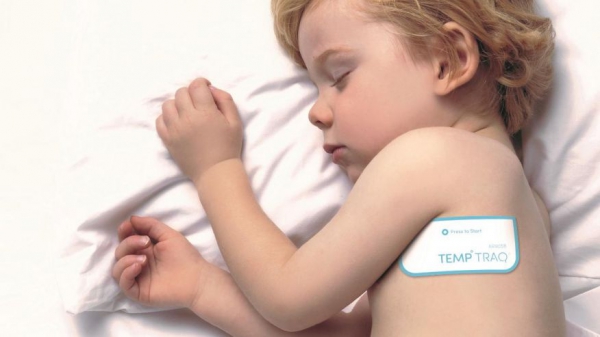CHICAGO – Studies using gene sequencing equipment to trace the path of Zika through the Americas show the virus arrived a year before the first case was detected in Brazil, and several months before it was first reported in Florida.
The findings, published in three different papers in the journal Nature, are drawn from nearly 200 Zika virus genome sequences collected from infected individuals and mosquitoes that transmit the virus.
Collectively, they show the potential for newer, more portable gene sequencing equipment to quickly trace the spread of emerging infectious diseases, experts said.
In one study, a team led by Oliver Pybus of the University of Oxford found that Zika first arrived in Brazil at the beginning of 2014, a full year prior to the first confirmed cases in May 2015.
A NEW HEALTH BENEFIT OF CHOCOLATE: REDUCED RISK OF AFIB?
Pybus’ study focused on how the virus established an early foothold in northeastern Brazil, from which it spread to other areas. Northeast Brazil was the region with the most recorded cases of Zika and microcephaly, a birth defect caused by the virus marked by small head and brain size.
Pybus said the region was "the nexus of the epidemic in Brazil" and played a key role in spreading the virus to other big Brazilian cities, such as Rio de Janeiro and Sao Paulo, before spreading across the Americas.
His team was part of a consortium of British and Brazilian scientists who traveled across Brazil in a minibus, analyzing samples of the virus using Oxford Nanopore Technologies’ pocket-sized MinION DNA sequencer. The portable device was used in 2015 to track genetic changes in the Ebola virus as it evolved and spread in Guinea.
A companion study led by Pardis Sabetti and colleagues from the Broad Institute and Harvard University used data from 174 genomes sequenced from patients and mosquito samples collected in 11 different countries or territories.
The data allowed the team to follow the spread of the virus across South and Central America, the Caribbean and into the southern United States.
They found that Zika had been circulating in Colombia, Honduras, Puerto Rico and other parts of the Caribbean from 4.5 to 9 months before the first local infections were confirmed.
WOMAN ON DESPERATE SEARCH TO FIND DOCTOR WHO WILL OPERATE ON SON WITH RARE DISEASE
In another paper, Kristian Andersen of the Scripps Research Institute in La Jolla, California, and colleagues focused specifically on Zika’s introduction into Florida.
Andersen’s team sequenced 39 Zika virus genomes from infected patients and mosquitoes in and around Miami, Florida. They discovered that Zika was introduced into local mosquito populations in Florida at least four times, most likely from infected travelers from the Caribbean.
He believes the virus began circulating in Florida in the spring of 2016, months before the first reported case in July.
Andersen said these infections took hold in Florida mosquito populations because Florida is one of the rare places in the United States where Aedes aegypti mosquitoes – which transmit Zika – are present year-round. The other such place in the continental United States is Brownsville, Texas, which also had locally transmitted Zika cases in 2016.
"In all likelihood, that means most of the United States probably isn’t at risk of Zika outbreaks," Andersen said in a conference call. It also means that mosquito control efforts can go a long way towards preventing outbreaks, he said.
Bronwyn MacInnis of the Broad Institute said the studies reveal the power of using gene sequencing to trace emerging infections, and could have helped detect the virus much earlier.
"We were way behind the curve on Zika. We need to be well ahead of the next emerging viral threat, and genomics can have a role in achieving this," she said.
Advertisement
Trending in Health
Source

